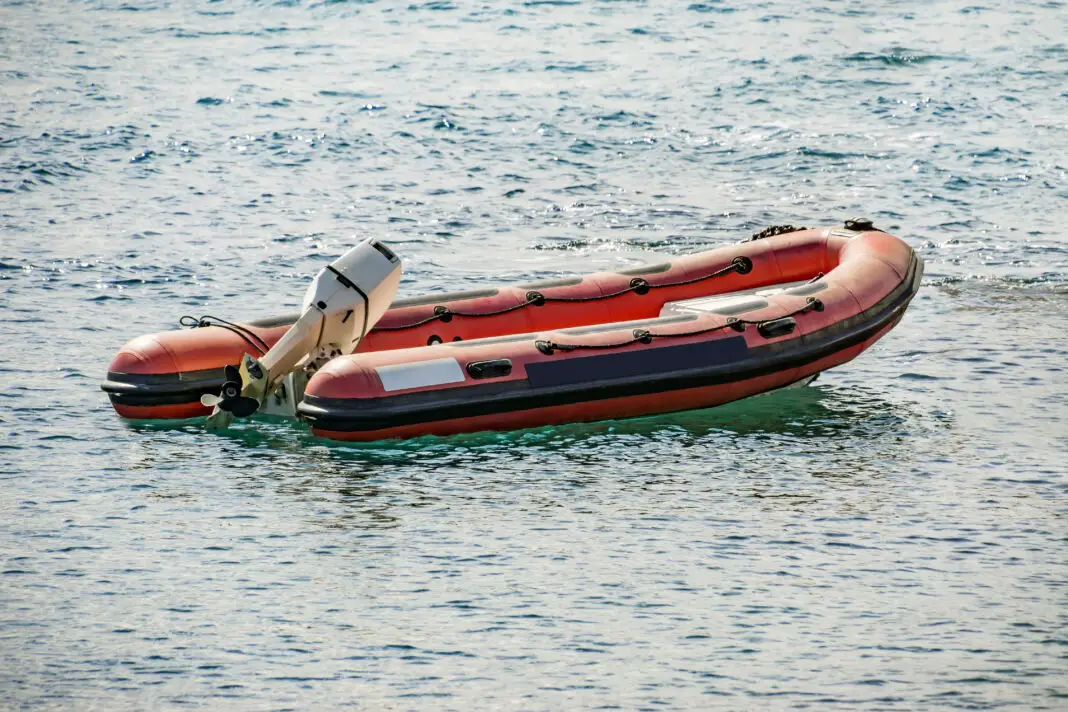James Brett Clibbery, aged 70, and Sarah Justine Packwood, 54, hailing from Salt Spring Island, British Columbia, Canada, were discovered dead in a 10-foot lifeboat on the infamous Sable Island, Nova Scotia. The couple had embarked on their journey to cross the ocean nearly a month before from Halifax Harbor onboard their eco-friendly yacht, the Theros.
Using their YouTube channel, Theros Adventures, the couple chronicled their voyages to demonstrate the feasibility of long-distance travel without the use of fossil fuels. Their 42-foot yacht was powered by a combination of electricity, solar panels, batteries, and a retrofitted car engine. They embarked from Halifax on June 11, with their destination being the Azores, a cluster of Portuguese islands situated approximately 2,000 miles away.
They had predicted their journey, aptly named “The Green Odyssey,” to last 21 days. However, a week into their voyage, on June 18, 2024, Clibbery and Packwood were marked as missing. The last recorded location from Clibbery’s GPS device positioned them around 40 miles southwest of Sable Island on June 13. Their bodies were found washed up on Sable Island, notorious for its extensive record of shipwrecks, on July 10.
In a heartbreaking Facebook post, Clibbery’s son, James, shared his sorrow and the deep impact of the couple’s deaths on their family and friends: “They were incredible individuals, and nothing can fill the void their, as yet unexplained, passing has left. Life won’t be the same without your wisdom, and your wife swiftly became a source of knowledge and kindness. I miss your smiles. I miss your voices. You will always be missed.”
The Royal Canadian Mounted Police (RCMP) are presently investigating the cause of the couple’s deaths. Preliminary findings do not indicate any malice involved. Investigators believe that the lifeboat in which the couple was found came from their yacht, Theros. Among several theories under consideration is the possibility that their yacht may have been hit by an unseeing passing cargo ship. The wreckage of the Theros is yet to be found, and the investigation continues.
In a video posted on April 12, Clibbery defined the couple’s mission: “We’re doing everything we can to show that you can travel without burning fossil fuels.” Packwood added, “It’s probably the biggest adventure of our lives so far.”
The pair’s unique story was shared in a 2020 article in The Guardian, which detailed their chance meeting in London in 2015. Clibbery, a retired engineer, was preparing to donate a kidney to his sister when he crossed paths with Packwood, a humanitarian worker from the UK. The couple wed on the Theros in 2016 and relocated to Canada in 2018, where they continued their sailing adventures.
As part of the investigation, the RCMP is conducting DNA tests to confirm the identities of the remains. The Nova Scotia Medical Examiner Service has identified one set of remains as belonging to Clibbery, and investigators are confident that the second set belongs to Packwood.
Sable Island, the site where the pair’s bodies were discovered, is a crescent-shaped sandbar infamous for its perilous waters but also noted for its wild horse population. According to the Maritime Museum of the Atlantic, it is situated about 190 miles southeast of Halifax and has been the site of over 350 shipwrecks since 1583.
One of the earliest recorded shipwrecks was that of the HMS Delight in 1583. According to historical accounts, the ship was part of Sir Humphrey Gilbert’s expedition to North America when it ran aground on Sable Island. The survivors faced severe conditions, with many succumbing before rescue could arrive.
In 1737, the ship Catherine fell victim to Sable Island’s perilous waters while en route from Boston to London. A violent storm led to the ship’s demise, with only a few crew members surviving by clinging to the wreckage until they were rescued by passing vessels.
The 19th century saw a surge in shipwrecks on Sable Island. The Francis, a British brig, was lost in 1800 with no survivors. The ship Arcadia met a tragic end in 1854, resulting in the loss of 68 passengers and crew members. These incidents underscored the need for lifesaving measures on the island.
To address the heightened number of shipwrecks, the Humane Establishment was founded in 1801. This organization provided lifesaving services, including lighthouses, houses of refuge, and lifesaving stations. The crew of the Humane Establishment worked tirelessly to rescue shipwreck victims and maintain the island’s infrastructure. The organization operated for 150 years, ending in 1958 after 11 years without a shipwreck.
One of the most notable shipwrecks of the 19th century was the British barque, Crofton Hall. In 1898, the ship ran aground on the northeast bar of Sable Island during a severe storm. The crew faced a harsh struggle for survival, and rescue efforts were hindered by the adverse weather conditions. Artifacts from the Crofton Hall are now part of the Maritime Museum of the Atlantic’s collection.
The same year witnessed the sinking of La Bourgogne, a French liner that collided with another ship in dense fog. The impact caused the ship to sink rapidly, resulting in the loss of over 500 lives. This tragedy remains one of the deadliest shipwrecks in Sable Island’s history.
The early 20th century continued to see shipwrecks on Sable Island. In 1927, the Columbia, a passenger steamer, ran aground during a storm. The crew and passengers were rescued by the Humane Establishment’s lifesaving crew, highlighting the importance of their work.
The shipwreck of the Manhasset in 1947 is another significant event in Sable Island’s maritime history. The freighter was caught in a storm and driven onto the island’s sandbars. The crew faced an ordeal as they awaited rescue in harsh conditions.
The legacy of shipwrecks on Sable Island also includes the Merrimac, a fishing vessel that ran aground in 1999. Advances in navigation technology have reduced the frequency of shipwrecks, but the island’s reputation as a perilous maritime zone persists.
Besides its shipwreck history, Sable Island is known for its population of feral horses. These horses, descendants of animals brought to the island in the 18th century, have become a symbol of the island’s rugged beauty and resilience. The island is now a protected National Park Reserve managed by Parks Canada, with efforts in place to preserve its unique ecosystem and historical significance.











